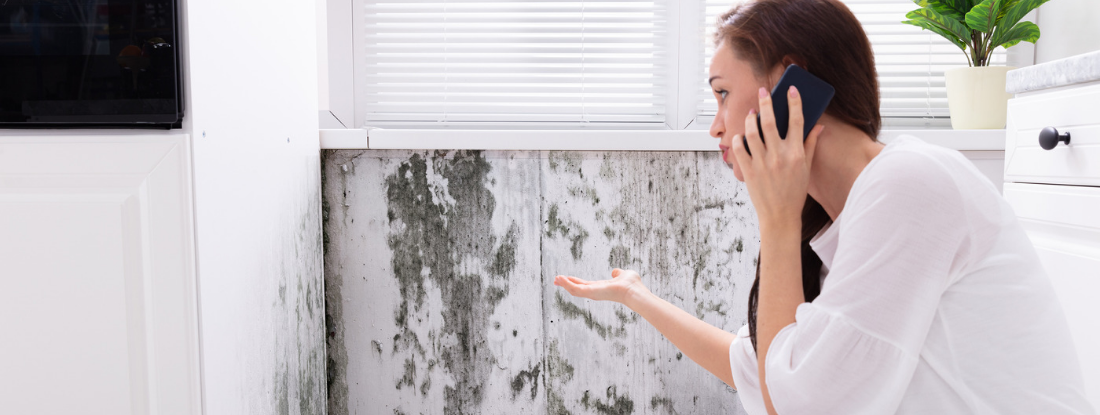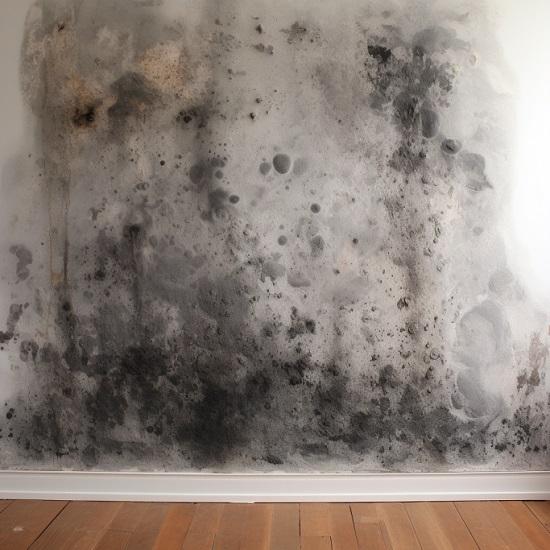Comprehensive Post Mold Remediation Procedures
Comprehensive Post Mold Remediation Procedures
Blog Article
Your Ultimate Overview to Message Mold Remediation Strategies
Browsing the realm of post-mold removal techniques is a careful process that requires interest to detail and an extensive understanding of the details entailed. In the after-effects of mold invasion, knowing just how to properly remove the mold and mildew and avoid its reoccurrence is vital for keeping a healthy and balanced indoor atmosphere. From picking the right cleansing and decontaminating methods to carrying out approaches for long-lasting mold and mildew prevention, each action in the remediation journey plays a vital function in guaranteeing an effective end result. As we begin on this exploration of post-mold remediation methods, we will certainly discover the key strategies and ideal methods that can aid you recover your space to its pre-mold problem and safeguard it versus future mold and mildew dangers.
Comprehending Post-Mold Remediation Process
After finishing the mold remediation procedure, it is vital to understand the post-mold removal methods that are essential to ensure a reliable and detailed clean-up. As soon as the mold has been gotten rid of, the following step involves cleansing and sanitizing the influenced areas to avoid any regrowth of mold and mildew.
Furthermore, carrying out a final inspection post-remediation is vital to ensure that all mold and mildew has been efficiently removed. If the evaluation exposes any lingering mold and mildew, additional removal may be needed.
Efficient Cleaning and Decontaminating Methods

Preventing Future Mold And Mildew Development

Significance of Proper Air Flow
Correct air flow plays a crucial role in avoiding dampness buildup, a vital factor in mold and mildew growth within interior settings. Efficient air flow systems help get rid of excess moisture from the air, lowering the possibilities of mold spores locating the dampness they require to spread out and sprout. Without appropriate air flow, interior areas can come to be a breeding place for mold, bring about possible wellness risks and architectural damages.
By making certain appropriate air flow, ventilation systems can likewise assist in drying out damp locations faster after water damages or flooding incidents, further discouraging mold and mildew growth. testing air quality after mold remediation. In rooms like washrooms, kitchen areas, cellars, and attics where dampness levels have a tendency to be higher, setting up and maintaining efficient ventilation systems is crucial in stopping mold and mildew invasions

Tracking and Upkeep Tips
Given the crucial role that appropriate ventilation plays in stopping mold development, it is critical to develop effective monitoring and upkeep pointers to guarantee the continued capability of air flow systems. Regular assessments of ventilation systems must be carried out to look for any indications of obstructions, leakages, or breakdowns that can restrain correct air flow. Monitoring humidity degrees within the building More about the author is also vital, as high moisture can add to mold growth. Setting up a hygrometer can help track moisture levels and alert house owners to any type of spikes that may call for interest. Additionally, making sure that air filters are on a regular basis cleansed or changed is essential for maintaining the efficiency of the ventilation system. Applying a timetable for regular upkeep tasks, such as air duct cleaning and heating and cooling click to investigate system evaluations, can help protect against concerns before they rise. By staying attentive and aggressive to the problem of ventilation systems, homeowner can effectively reduce the threat of mold and mildew regrowth and preserve a healthy and balanced indoor setting.
Verdict
Finally, post-mold remediation strategies are vital for guaranteeing a risk-free and clean setting. Comprehending the process, applying reliable cleaning and decontaminating approaches, avoiding future mold development, keeping proper air flow, and routine surveillance are all critical action in the remediation procedure. By complying with these standards, you can effectively eliminate mold and prevent its return, promoting a healthy and balanced living or working room for all owners.
In the results of mold and mildew invasion, understanding exactly how to effectively eradicate the mold and mildew and avoid its reoccurrence is critical for keeping a healthy and balanced indoor environment. Once the mold has been gotten rid of, the following step entails cleaning and sanitizing the affected locations to protect against any type of regrowth of mold and mildew - what to do after mold remediation. After getting rid of visible mold growth, it is critical to clean up all surface areas in the affected location to eliminate any type of continuing Resources to be mold spores. To even more improve mold and mildew avoidance actions, it is essential to attend to underlying concerns that initially led to mold and mildew advancement.Provided the essential function that appropriate air flow plays in stopping mold growth, it is important to establish reliable tracking and upkeep pointers to guarantee the continued performance of air flow systems
Report this page